Indoor air quality is often worse inside homes than outside
Indoor air quality is a critical concern for homeowners across North America, particularly as environmental issues like wildfires, pollution, viruses and allergens like mold spores and pollen occur more frequently. This guide provides an extensive overview of air cleaning and filtration strategies, covering a wide range of climates and pollution challenges found in the United States, Canada, and Mexico.
Many people assume that staying indoors protects them from pollution, but research and reports from government agencies reveal a different reality: indoor air quality in homes and commercial buildings is often worse than outdoor air.
According to the U.S. Environmental Protection Agency (EPA), the concentrations of some pollutants can be 2 to 5 times higher indoors than outside. This is due to various indoor sources such as building materials, household products, and indoor activities like cooking and smoking. Additionally, modern energy-efficient building practices, which seal homes tightly to save energy, can inadvertently trap pollutants inside.
The World Health Organization (WHO) also emphasizes the risks of poor indoor air quality, highlighting that millions of people suffer from diseases linked to indoor air pollution, particularly in poorly ventilated spaces. Therefore, ensuring efficient heat recovery ventilation systems to exchange indoor air is crucial for health, as pollutants indoors can pose significant risks, even in homes located in areas with generally good outdoor air quality.
Understanding airborne pollutants in North American homes
Types of pollutants found in homes: Indoor air pollution can vary depending on the region, but common contaminants include:
- Particulate matter (PM2.5 and PM10): Fine particles from smoke, dust, and industrial emissions are frequently found in urban and rural areas that are wildfire-prone. These fine particles are more dangerous to long-term health than many people realize, and they also increase the risk of high ozone levels in sunny weather - which is why we're going to concentrate on these first.

Particulate matter (PM2.5 and PM10): A threat to long-term health
Particulate matter, specifically PM2.5 and PM10, refers to tiny particles suspended in the air that come from various sources such as smoke, dust, vehicle exhausts, and industrial emissions. These particles are classified based on their size: PM10 includes particles with a diameter of 10 micrometers or less, while PM2.5 refers to even finer particles with a diameter of 2.5 micrometers or less.
Because of their small size, these particles can penetrate deep into the lungs and even enter the bloodstream, posing serious medium to long term health risks for those unfortunate enough to breathe them in.
The dangers of PM2.5 and PM10 air particles
-
Respiratory and cardiovascular diseases: Prolonged exposure to PM2.5 and PM10 dust particles in the air can cause or make worse chronic respiratory conditions such as asthma, bronchitis, and reduces lung function. Additionally, these fine particles have been linked to an increased risk of cardiovascular diseases, including heart attacks and strokes. The tiny size of PM2.5 particles allow them to bypass the body's natural defense mechanisms, making it particularly hazardous to health. With the level of wildfires at an all-time high in the last few years, smoke inhilation is becoming to be a major concern for doctors.
-
Cancer risk: PM2.5 fine particles are classified as a Group 1 carcinogen by the International Agency for Research on Cancer (IARC). Long-term exposure has been associated with a higher incidence of lung cancer, especially in built up areas with high levels of traffic, industrial activity and so the resulting air pollution.
-
The impact on vulnerable people: Children, the elderly, and individuals with pre-existing health conditions are especially at danger from the harmful effects of fine particulate matter in the air. For children, exposure to high levels of PM2.5 and PM10 can cause lung growth problems which leads to long-term health issues later in adulthood.
-
Cities, suburbs and rural Areas at risk of wildfires : Built-up cities and areas, with their dense traffic and industrial areas tend to result in having higher concentrations of PM2.5 and PM10 particles in the air. Similarly, rural areas that are at risk of wildfires experience high quantities of particulate matter levels during fires, which can cause smoke that hangs around in the air long after the flames are extinguished - especially during periods of fine summer weather. During wildfires, PM2.5 levels can skyrocket, causing health risks for residents even at a considerable distances from the fire itself, like Canada's wildfires that sent smoke south that covered most of New York state.
Why PM2.5 particulate matter in the air is especially concerning to doctors
PM2.5 particles being of a smaller size are more dangerous than PM10 because of their ability to penetrate deep into lung tissue and even cross into the victim's bloodstream. Once in the blood, these fine and often carcinogenic particles can cause systemic inflammation and contribute to a range of health problems, including heart disease, stroke, and even neurological disorders.
Also, due to their small size, PM2.5 particles can remain airborne for extended periods, increasing the likelihood of inhalation by people in a wider area than just in the immediate vicinity of a wildfire affected area.
In summary, the health risks associated with PM2.5 and PM10 fine particulate matter are significant and highlight the importance of effective air filtration and pollution control measures in homes, especially in urban and wildfire-prone areas.
Reducing exposure to fine particles is really important for protecting long-term health, particularly for vulnerable populations like children, the elderly and those with existing medical conditions. It's like smoking, we all know it's bad for us but that doesn't stop some people from carrying on as usual.

Other airborne pollutants found in homes
- Volatile organic compounds (VOCs): Coming from household products, paints, and building materials, these chemicals can be harmful when brethed in over long periods.
- Allergens: Common allergens such as pollen, mold spores, and pet dander can be especially problematic in humid or agricultural regions.
- Harmful gases: Radon is a concern in many parts of the U.S. and Canada, while carbon monoxide can be a risk in homes with poor ventilation or faulty heating systems. Formaldehyde is also of concern and is often found in low quality particulate board or furniture. We often suggest seeking out low formaldehyde kitchen cabinets, and buying older, second-hand furnishings that have lower levels of Formaldehyde off-gassing.
Where does air pollution come from?
- Outdoor sources: Wildfire smoke is a significant issue across the northern U.S. and Canada, while vehicle emissions and industrial emissions are more frequently found in urban areas across the continent. If you look up air quality maps in North America and Canada you will basically see that the poor air quality is centered on cities and large towns or large fires!
- Indoor activities: Cooking that is related to burning fossil gas in homes, cleaning products including bleach and laundry softeners, and the use of many household products like plug-in air fresheners that diffuse harmful chemicals into the air cause an indoor accumulation of products that we shouldn't be breathing in, especially in today's tightly sealed homes. This is why we always recommend fitting a HRV or ERV ventilator in newer homes.
Air cleaning and filtration are essential across North America
Health impacts: As mentioned, poor indoor air quality is linked to a variety of health issues, including respiratory diseases, cardiovascular problems, and worsened asthma symptoms. These risks are heightened in regions with frequent wildfires, high pollution levels, or severe weather that keeps windows closed for extended periods.
Regulations: Air quality guidelines vary by country but generally align with WHO recommendations. The EPA provides standards for indoor air quality in the U.S., while Canada and Mexico have their own guidelines. Meeting these standards is crucial for maintaining a healthy indoor environment.

Air filtration options for different climates and regions
Mechanical Filters:
- HEPA filters: HEPA filters are highly effective across diverse climates, from humid southern regions where mold and allergens are common to drier western areas affected by wildfire smoke. They are recommended for use in both portable air cleaners and central HVAC systems.
- MERV ratings: Filters with high MERV ratings (13 or above) are necessary in regions with significant pollution or during wildfire season to capture fine particles that standard filters might miss.
Activated carbon filters:
- Odor and gas removal: Particularly useful in urban and industrial areas, activated carbon filters can absorb harmful gases and odors, making them essential for homes near highways or factories.
Electrostatic and UV filters:
- Pathogen neutralization: Electrostatic and UV filters are valuable in regions with high humidity, where mold and bacteria can thrive, or during flu season when airborne pathogens are a concern.

Using a portable air cleaner to improve indoor air quality in homes
Advantages of portable air cleaners: Portable air cleaners offer flexibility and can be especially beneficial in areas with fluctuating air quality, such as near wildfire zones or in homes with allergy sufferers.
Choosing the right portable air cleaner: Select a portable air cleaner based on your specific needs:
- For wildfire smoke: Look for units with HEPA filters and high CADR ratings for smoke.
- For Allergens: Consider models with additional pre-filters to capture larger particles like pollen.
- For urban areas: Choose units with activated carbon filters to address VOCs and traffic-related pollution.
Placement tips: Place portable air cleaners in frequently used rooms or near pollution sources, such as windows that face busy streets or areas where smoke enters the home.
Best air purifier for wildfire smoke in North America
Specific considerations for wildfire smoke: Wildfire smoke with it's fine particulate matter poses a significant threat to air quality, especially in western North America. Air purifiers with HEPA filters and high CADR ratings for smoke are essential in these regions.
Recent government statistics highlight the detrimental impact of wildfire smoke entering homes via HRV and ERV ventilation systems. According to the U.S. Environmental Protection Agency (EPA), exposure to wildfire smoke can lead to respiratory issues, cardiovascular problems, and aggravated pre-existing conditions.
The Centers for Disease Control and Prevention (CDC) notes that particulate matter (PM2.5) from wildfire smoke can penetrate deep into the lungs, causing short-term and long-term health effects. In 2023, the EPA reported a notable increase in days with unhealthy air quality due to wildfires, underscoring the urgent need for effective air cleaning and filtration solutions in homes to mitigate these risks. As wildfires become more frequent and intense, ensuring proper indoor air quality is crucial for protecting health and well-being across the continent.
Top recommendations: For homeowners in wildfire-prone areas, semi-industrial models with proven reliability and effectiveness are highly recommended. These types of air purifiers combine HEPA filtration with activated carbon filters to effectively remove smoke particles and odors.

HEPA Filters: the gold standard in air filtration
How HEPA filters work: HEPA filters are effective in capturing 99.97% of airborne particles, making them ideal for use across North America’s diverse environments, whether dealing with urban pollution, allergens, or smoke.
Where to use HEPA filters: HEPA filters are versatile and can be used in portable air purifiers, central HVAC systems, and even vacuum cleaners to ensure comprehensive air cleaning in your home.
Air pollution filter machines for North American homes
Types of air pollution filter machines: Air pollution filter machines range from basic air purifiers to advanced systems that incorporate multiple filtration methods, such as HEPA, activated carbon, and UV light.
Effectiveness and limitations: While most air pollution filter machines are effective at reducing airborne contaminants, it’s important to choose the right model based on your specific regional needs, such as smoke removal in wildfire-prone areas or VOC absorption in urban settings. Choosing a model with low electrical consumption and silent operation with effective air dispersion is also an important consideration.
Furnace filters for smoke and pollution
Selecting the right furnace filter: For homes in areas affected by wildfire smoke or heavy pollution, selecting a furnace filter with a high MERV rating (13 or above) is crucial for capturing fine smoke particles and improving overall indoor air quality. A furnace filter on its own is unlikely to remove all the smoke, allergens or viruses in a home, so if your health is important or if you have vulnerable members of the family such as those with asthma or chronic lung disease, consider an air purifier in the main areas of the home to get that air as clean as possible.
Maintenance tips: Regularly replace furnace filters, particularly during wildfire season or in high-pollution areas, to maintain their effectiveness and prevent contaminants from recirculating through your home.

Best air purifier for cigarette smoke in North America
Special considerations for cigarette smoke: Cigarette smoke contains both particulate matter and harmful gases, requiring air purifiers with both HEPA and activated carbon filters for effective removal.
Recommended air purifiers: Air purifiers with robust filtration systems that target both particles and odors are excellent choices for eliminating cigarette smoke. Better still, try not to smoke in a home with vulnerable individuals living, or give up smoking altogether.
Integration of air filtration modules with existing HVAC systems
Whole-home filtration: Integrating high-efficiency filters within your HVAC system can help to ensure clean air circulation throughout your entire home, which is especially important in larger homes or areas with consistent air quality challenges. An integrated system is likely to be more expensive and more difficult to maintain than an individual unit and may need professional maintenance schedules to keep them running at peak efficiency.
HRVs and ERVs: Heat Recovery Ventilators (HRVs) and Energy Recovery Ventilators (ERVs) are crucial in maintaining fresh air circulation while minimizing energy loss, particularly in energy-efficient homes across North America, where seasonal weather extremes can lead to tightly sealed environments.
Advanced air cleaning technologies
Smart air purifiers: Smart air purifiers that can monitor air quality in real-time and adjust settings automatically are becoming increasingly popular across North America, offering a convenient and effective solution for maintaining optimal indoor air quality.
Emerging technologies: New technologies such as photocatalytic oxidation and ionizers are available, but it’s important to evaluate their effectiveness and safety. Some technologies, like ionizers, may produce ozone, which can be a respiratory irritant. Be certain to choose a premium brand that is trusted by the medical profession rather than one you find online that you don't know.

Practical tips for maximizing air quality in homes across North America
Source control: Reducing indoor pollution at its source is one of the most effective ways to maintain air quality. This includes using low-VOC materials, minimizing the use of harsh chemicals, and ensuring proper ventilation, especially in new or recently renovated homes.
Complementary strategies: In addition to air cleaning and filtration, practices like regular house cleaning, using doormats to reduce dust entry, and managing humidity levels can significantly enhance the effectiveness of your air cleaning efforts.
Cost considerations and ROI of air purifiers
Initial investment vs. long-term benefits: Investing in high-quality air filtration systems can be costly upfront, but the long-term health benefits, reduced healthcare costs, and improved quality of life make it a worthwhile investment, especially in regions with persistent air quality challenges.
By following this guide, homeowners across North America can make informed decisions about air cleaning and filtration, ensuring that their living spaces are safe, healthy, and comfortable. Whether dealing with wildfire smoke in the West, urban pollution in major cities, or allergens in rural areas, the right technology and strategies can make a significant difference in your home’s air quality.
Here's a video about internal air quality in homes that talks about HRV and ERV systems and extractors.
Removing source contaminants and moisture from homes helps keep air healthy for occupants, and helps keep home humidity down. Excess humidity in houses can cause moisture damage, but what is not often considered is that added energy consumption involved, as heating moist air requires significantly more energy than heating dry air.
When using manufactured wood products for cabinetry, ask for formaldehyde-free plywood then at least the dust produced will be more benign to health.
Now you know about air cleaning and filtration in homes, learn more about home air quality and sustainable building in the Ecohome Green Building Guide.
|


























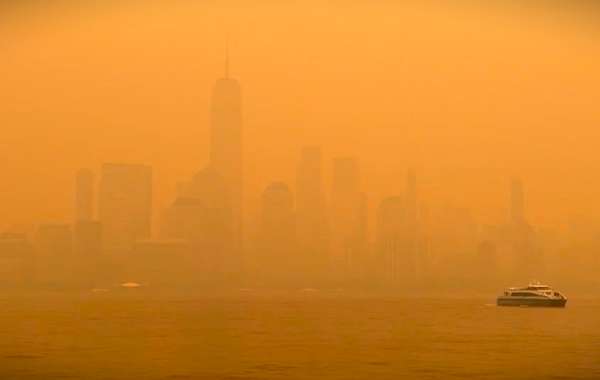

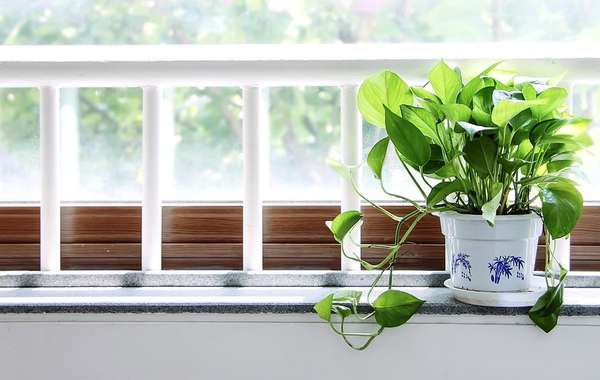


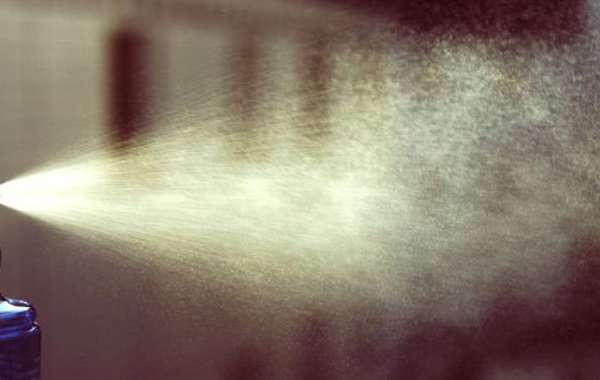
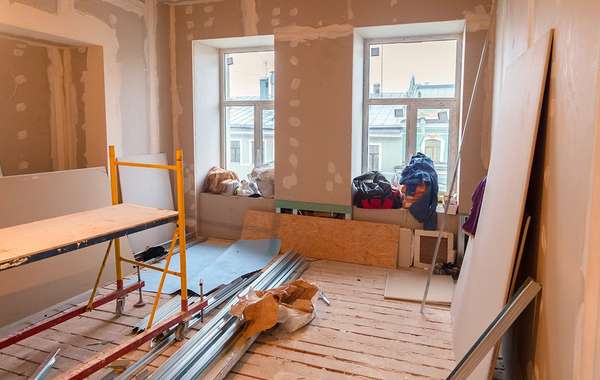

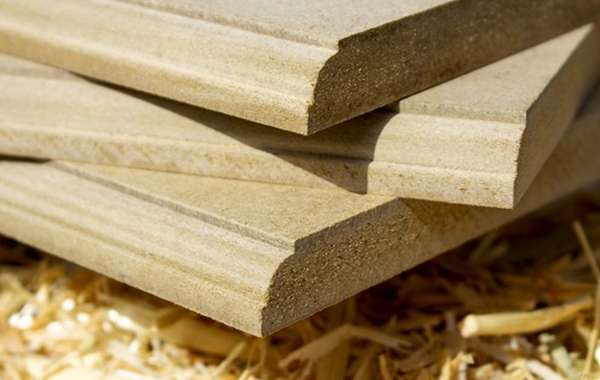

Comments (0)
Sign Up to Comment